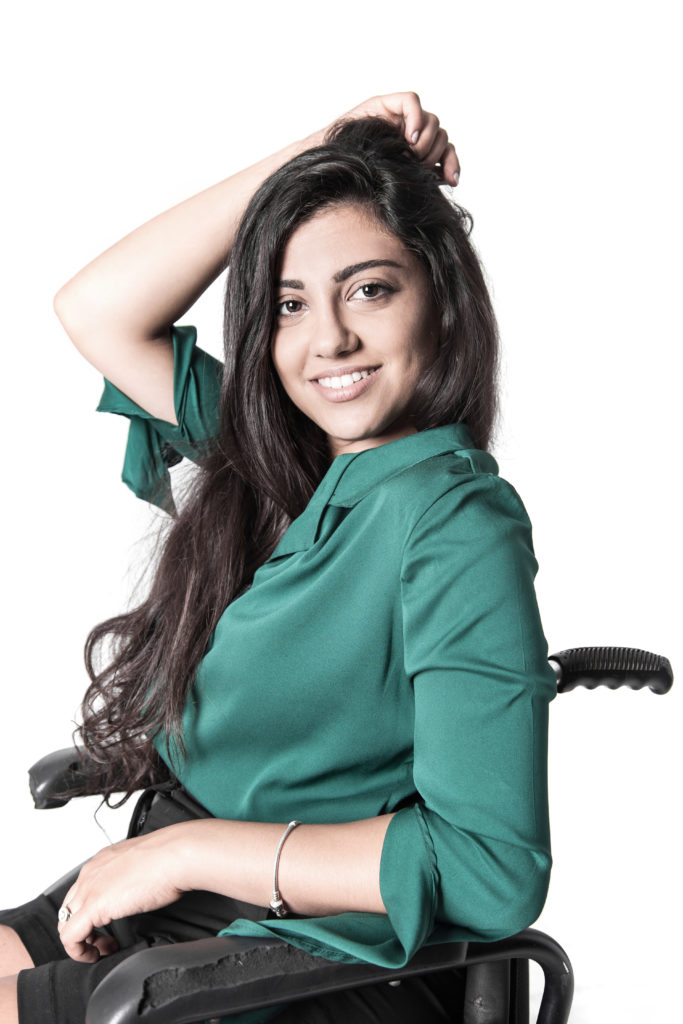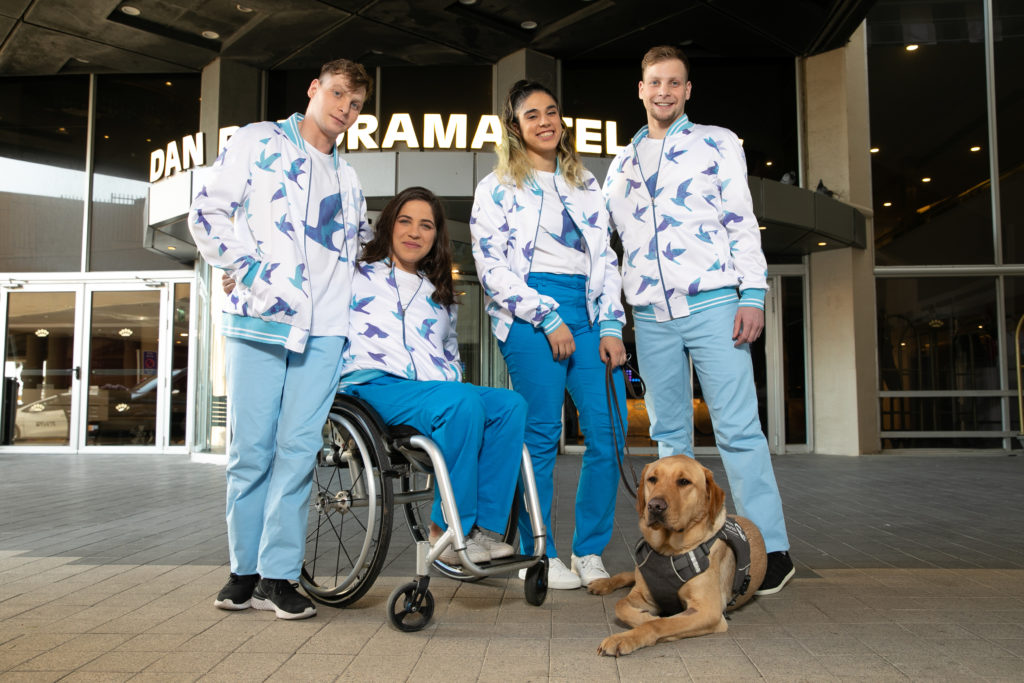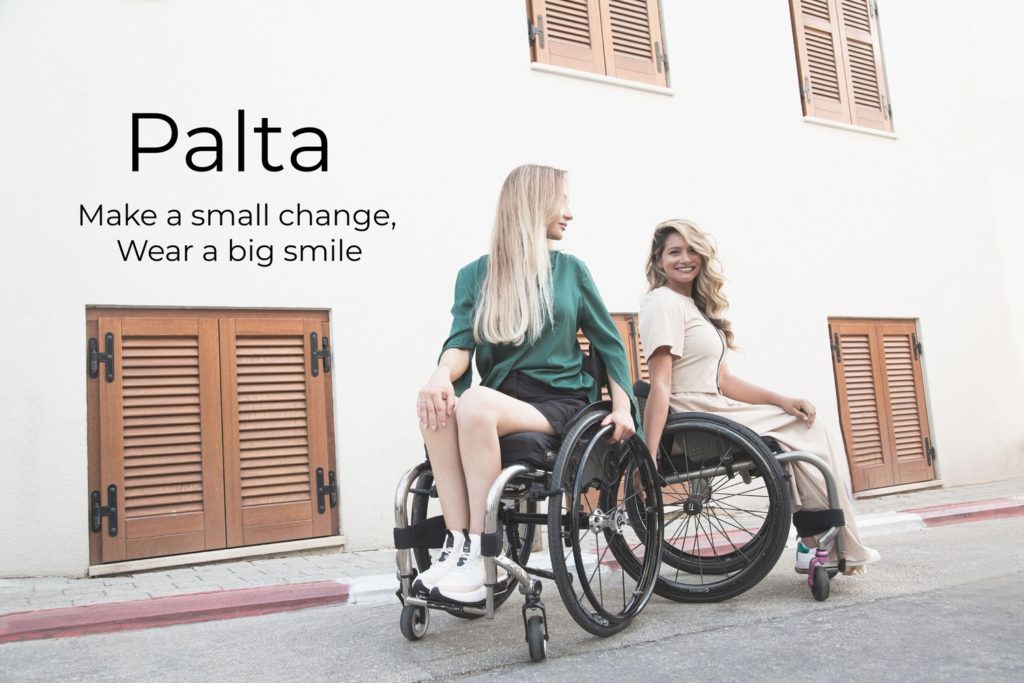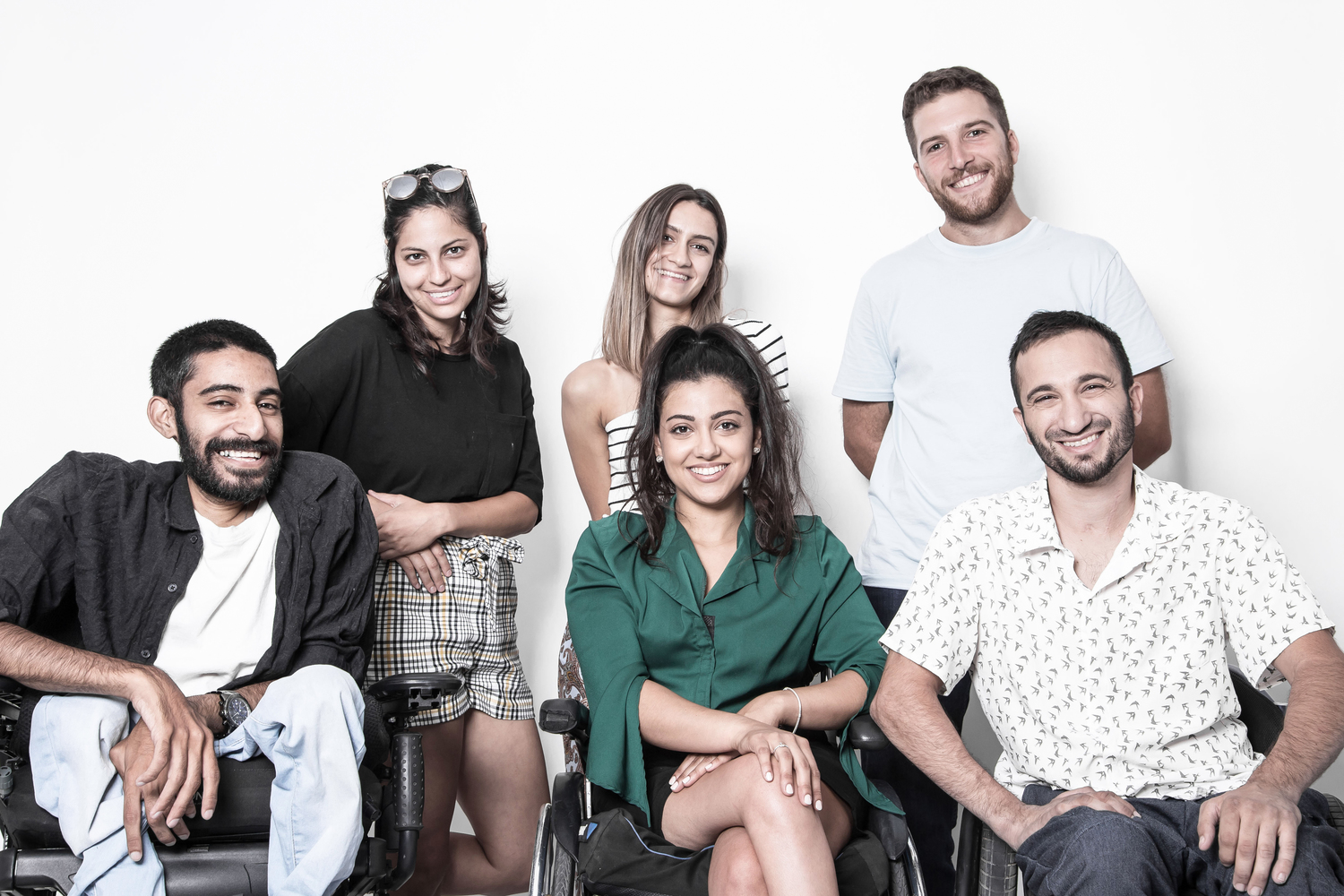Using universal design is easier than you may think and there is a HUGE market opportunity for adaptive fashion! Meet Shay Senior, CEO / Founder of Palta, in this Q&A blog interview. His company, Palta, works with brands/designers to incorporate adaptive fashion into their designs. Remember, start small and don’t get overwhelmed. This is such an exciting opportunity and definitely the future of fashion and we don’t want you to miss out.
What is Palta?
What led you to start Palta?
What does the name Palta mean?
The word Palta is an acronym in Hebrew that translates to “act for the other”. In Spanish-speaking countries (Argentina, Peru, Chile, Uruguay, and Bolivia), Palta is the common name for avocado which we relate to our solid community of inclusive design thinkers.

How does Palta give back?
Palta in comparison to other enterprises was born from the community-up. Our team consists of people with and without disabilities as we find diversity to be our “secret sauce” when being an organization working to lead a change and narrow the social gap. Our team participates in local and global foundation activities to improve the lives of our community members in all different fields.
Palta promotes inclusivity in education activities for children and adults to understand the daily differences of people with disabilities. They develop solutions for individuals during their rehabilitation process and/or those missing a crucial activity in their life due to an injury. The Palta A-team consists of vigorous, creative, and unstoppable individuals who defeat new goals everyday in different areas of life. This team varies from time to time, ensuring that they give the opportunity to new people and ideas when working to tackle their next moves.
What is inclusive design?
Inclusive design is the practice of looking for ways to include more people and different types of situations into our designs, even if the result only gets us a few steps up the trail at a time. Inclusive design means engaging with the diverse people that make up the audiences that Palta aims to aid.
What is universal design?
Universal design, in contrast, is based on seven principles that imply reaching the most amount of people in your product. When using this design philosophy, designers create a single solution designed to reach the most people. The main difference between the two is that a product that is inclusive doesn’t necessarily mean that it’s universal.
Tell us about your work with the Paralympics.
After our inclusive fashion show in August 2019, the athletes’ representative asked us to meet with the Israeli Paralympic Committee. We presented our methodology and plan for the first inclusive collection worldwide, and the contract was signed. The idea is to create a unique collection that includes all the daily needs of each participant of the delegation into one outfit. We will accomplish this by analyzing data, developing fabrics, and perfecting closure systems into a result that is both comfortable and stylish.

Talk to us about your experience employing people with disabilities.
From day one, we have declared that the team will be half with and a half without disability, creating balance and diversity in our family. When employing diverse people, creativity and imagination become immediately apparent which assures that every decision is done in an inclusive manner. Designing for disabilities forces you to be more creative. With this, we can develop a product that is not only more inclusive but more innovative with a diverse team at work.
What are some things designers can do to make clothing more inclusive?
Our brand evaluation is based on 3 main areas:
- Customer experience- We understand that the first thing we attack when designing should be clarity and simplicity in the process of buying. The shorter the process is while shopping, the better. For example, a 3D braille dotted catalog is useful for blind people but not only, since it allows our senses to become more attached to the garment. Another easy solution to this issue would be editing your eCommerce platform to be more accessible. You could work with Scribely to do this.
- Representation- We recognize that people connect more with brands that represent people similar to themselves. This doesn’t mean that supermodels aren’t relevant anymore, but a variety of body types in the display and market ensures a wider audience, allowing people to imagine themselves in the clothes and get a better perspective of how it would match with their own body.
- Product features- Designers tend to think that when you design for people with disabilities, it’s a complicated process. Palta disagrees with this idea because many of the world’s everyday items were initially designed for minorities, but over time became products for everyone. Because of this, we say people with disabilities should be included in the design process of all products. This could be apparent if a jean pattern is designed for the needs of wheelchair users that might also be comfortable for standing people.
Talk to us about the difference being inclusive in design makes.
Providing the opportunity for disabled individuals to be able to buy clothes that make them feel confident, comfortable, and accepted will do wonders for the mental health and belonging of our community. Take a moment to think of the extra steps that are necessary to feel confident in your skin and fully belong in society.
In the past few years, we have done research among both individuals with disabilities and brands understanding the relation of what a person would wear with how included they are in our society. Products that answer the daily needs of people with disabilities create comfortability, self-acceptance, and a sense of belonging. In comparison, if a product is missing the aspect of accessibility, it would cause people to feel excluded and forgotten.
Talk about the fact that the simple act of getting dressed in the morning for people with disabilities can be mentally and physically draining.
In Shay’s personal experience, He felt limited when it came to finding clothing that catered to simple things, such as the dress code at work. This taught him more about the topic of inclusive fashion. As an able-bodied individual, the activity of dressing up is almost automatic, but when you think about doing so with one hand, or even sitting and laying down, it becomes much more complicated.
This is where the comfort of a trusty wardrobe takes place. People with disabilities will mostly prefer to aim for comfort over style which means it won’t always fit the dress code. In conclusion, what we wear has a direct impact on our self-confidence, so the more comfortable a company aims to produce an inclusive product, the more it allows for people to sport fashionable looks and feel good doing it.

Let’s explore the importance of being able to get dressed independently.
A basic need of any person is to be independent in their individual day-to-day activities. As technology advances, many of our actions become more simple and timely. Since dressing up is an essential part of our daily schedule, it is crucial to be able to choose how we look and feel, as clothes are the first impression we make to the people around us.
What do style and fashion mean to you?
When thinking about style, we imagine the personality and uniqueness of each and every person. There are common trends that might be leading mainstream fashion, but every human is different and able to express their own unique persona. To us, fashion means the personal presence in a certain place, at a certain time, in each individual group that represents one’s culture, beliefs, or values.
How can one go about making their designs more inclusive?
- Ask – seeing people with disabilities as the recipients of design, instead of participants in the design, is a big mistake and a recipe for failure. By including people with different body types, listening to them, and letting them offer feedback, design teams bring the industry new concepts from individuals that require daily creativity and innovation.
- Test – Before launching a new product, you might have a comparative advantage. For example, jeans that are comfortable for wheelchair users can also be more flexible on a person that sits all day at an office job. The breathable fabric, elasticity, durability, and closure systems used are a great example of the reason that a product would be a best seller for both disabled and able-bodied people.
- Promote – When promoting a product that is targeted to a certain audience, it is crucial to include people that make the shopping individual feel relative to. Clearly describing the elements and features of a product will reduce the number of questions one might have and support the needs of a future customer. We all want to be independent.
Any parting thoughts you’d like to leave us with?
Our team is working hand in hand with fashion brands to take the headache off the companies and make their products accessible. We see our community and their family members as loyal customers for brands that care about the person on the other side and consider their needs for a better living.
If you’re ready to take steps to make your products more inclusive and accessible for all, email shay@paltaclothes.com to get more information!
Shay Senior
BY

you said: